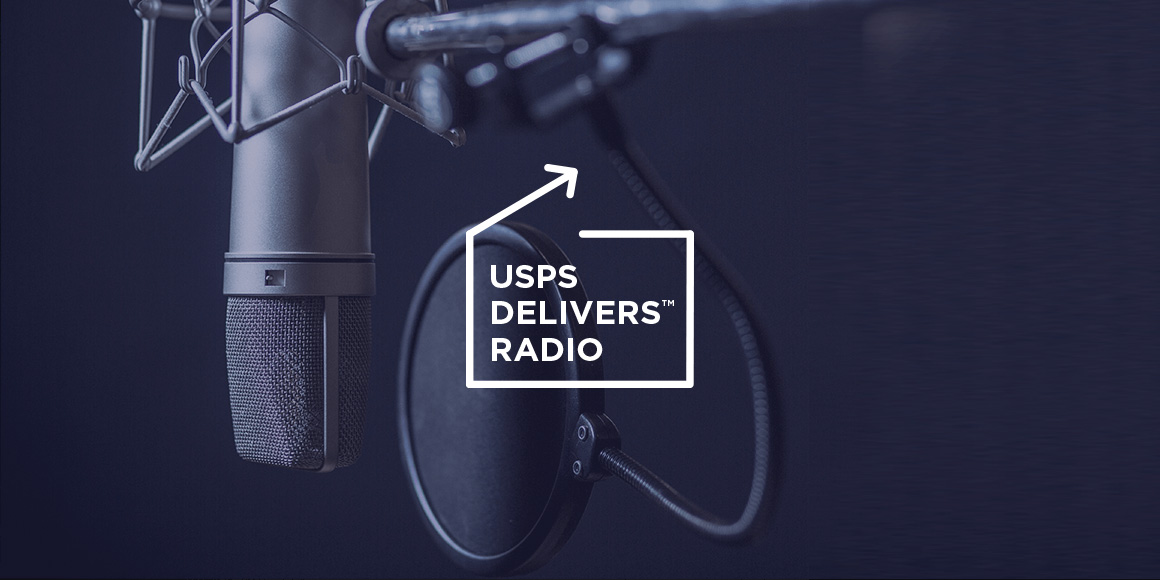
Retailers of every size know the pleasure of making a sale, and the letdown that inevitably comes when a product is returned. Rather than lamenting the loss, companies should dig deep and implement tactics to help them understand the reason for the return. With that knowledge, they can learn how to turn a return into a sale. Read on for a three-step process to do just that.
Ask why the item is being returned. 1
Before you can offer a solution, it’s important to understand the root cause of the return. Empathize with the customer and actively listen to their needs. Implement a protocol, in-store, online and at home. If a customer returns a product in-store, have your employees ask questions about why the product is being returned. If a customer is returning an item through the mail, include a survey in the packaging that asks the same questions, or create a microsite online as part of the returns process, where customers can answer questions as well.
Tip: Set up a Return Merchandise Authorization. Return Merchandise Authorization is a reverse logistics process that requires a customer to contact you before making a return, whether on your website, through email or by phone. This communication allows you to catch the customer in the midst of a return and propose another solution, preventing you from losing a sale.
Suggest an alternative. 2
Once you know the reason for your customer’s return, offer them another, more appropriate product for purchase. Base your recommendation on their answers. If a color or fit was off, show them products better suited to their specific needs in-store and across multiple channels. If you can’t find a replacement product, be sure to let them know of any special promotions going on or try to cross-sell them products from other departments.
Tip: Monitor the products your customers are returning. That way, if you find an item consistently being sent back, you can use return data to understand why it’s defective, if it’s overpriced or just not matching up to its advertising. This will allow you to address the issue and prevent returns in the future.
Suggest a gift card or store credit. 3
If the customer is intent on returning their merchandise without making a purchase, propose in-store credit or a gift card instead of a full refund in cash or on their credit cards. You could also enforce a policy that requires returns to be redeemed as store credit only. That way, the value of the sale can still be used exclusively in store or online.
In Conclusion
A healthy returns process is the cornerstone of a successful retail and e-tail business. By studying your customers’ return habits and implementing a system to track the reasons for their returns, you can find multiple avenues to convert their dissatisfaction into another purchase.
 search
close
menu
search
close
menu



